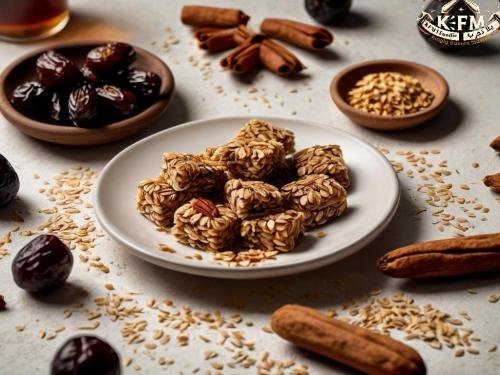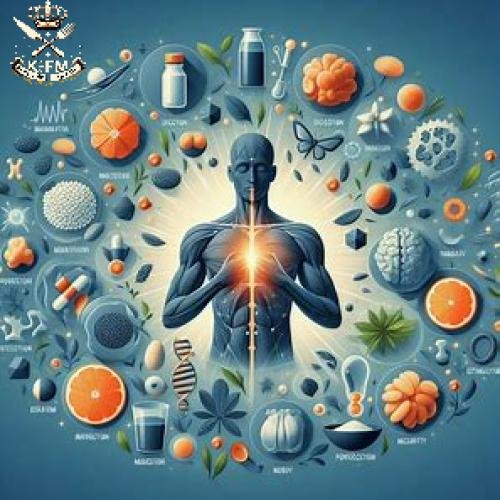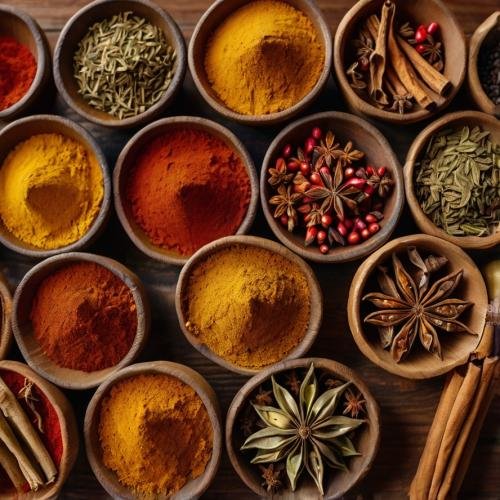Pasta is one of the favorite dishes that can be prepared in various ways, combining distinctive flavors and healthy ingredients. Among the delicious recipes that combine simplicity and taste is "Spaghetti with Bell Pepper Sauce," where the sauce is made from red and yellow bell peppers, which contain the important vitamin C to boost the immune system. In addition, tomatoes, garlic, and parsley add extra nutritional value, helping to improve heart health and regulate blood pressure. This recipe not only offers a delicious taste but also provides the body with a range of vitamins and minerals that contribute to overall health. However, moderation should be considered as it may contain some fats and sodium that should be monitored, especially for those following specific diets.
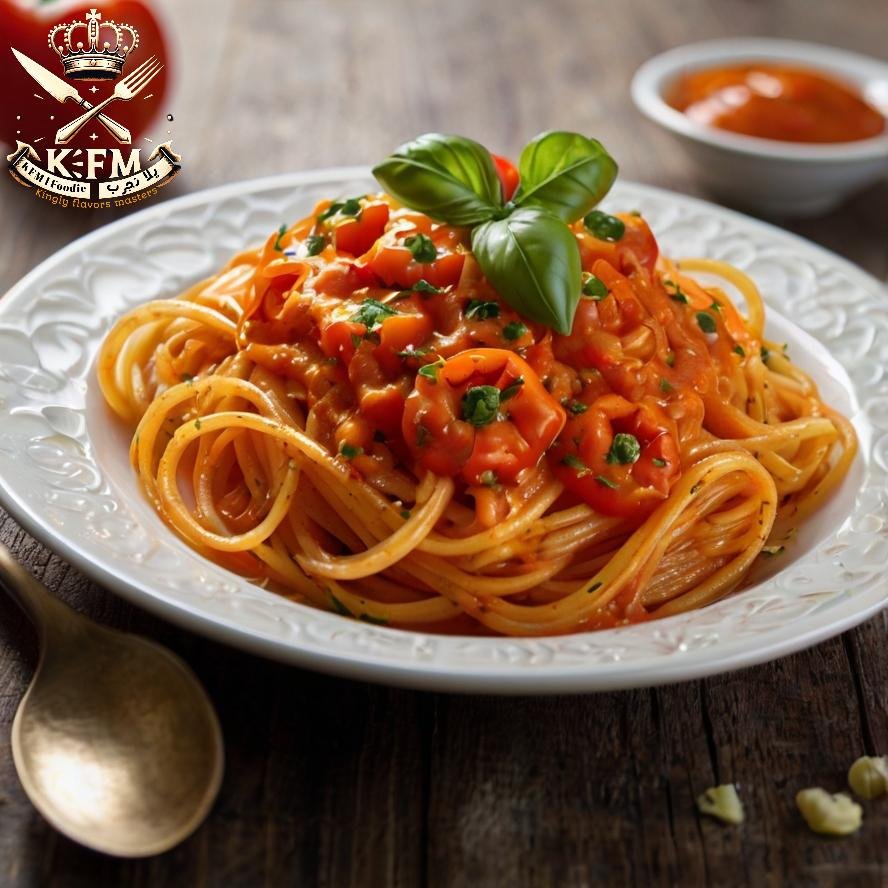
Ingredients:
- 2 red bell peppers
- 2 yellow bell peppers
- 4 garlic cloves
- 2 tablespoons of fresh parsley
- 2 ripe tomatoes
- 1/3 cup of olive oil
- Salt to taste
- White pepper to taste
- 1/4 teaspoon of sugar
- 2 liters of water
- 1 tablespoon of white vinegar
- 500 grams of spaghetti
Ingredient Variations:
- Coconut Oil: Olive oil can be replaced with coconut oil, which contains healthy saturated fats that support overall health, especially heart health.
- Gluten-Free Pasta: For those who are gluten intolerant or follow a gluten-free diet, gluten-free pasta such as rice or corn pasta can be used.
- Bell Pepper Substitutes: If red or yellow bell peppers are unavailable, they can be substituted with green peppers, noting that their taste will be less sweet, but they are still rich in vitamins.
Method:
Preparing the Ingredients:
- Cut the bell pepper into small pieces and blend it with the tomatoes into fine pieces.
- Grind the garlic well.
- Chop the parsley into small pieces after washing it thoroughly.
Making the Sauce:
- Heat olive oil in a large pan over medium heat.
- Add the ground garlic to the hot oil and fry it until it turns golden.
- Add the parsley to the pan and stir the ingredients well until they mix.
- Add the chopped bell pepper to the pan and continue stirring until the aromas begin to release.
Cooking the Tomatoes:
- Add the chopped tomatoes to the pan and continue stirring.
- Add salt, white pepper, and sugar to the mixture.
- Stir the ingredients well, then cover the pan and let it simmer until the sauce starts to boil and thickens.
Adding the Vinegar:
- Add white vinegar to the sauce and mix well.
- Let the sauce simmer until it boils a little and is ready.
Cooking the Pasta:
- In a large pot, bring 2 liters of water to a boil and add salt.
- Add the spaghetti to the boiling water and cook according to the instructions on the package until it becomes slightly soft but not fully cooked.
- Drain the pasta well after cooking.
Mixing the Pasta with the Sauce:
- Mix the cooked pasta with the prepared sauce in the large pan.
- Make sure to cover all the pasta pieces evenly with the sauce.
Serving:
- Transfer the pasta mixed with the sauce to a large serving dish.
- Serve the dish hot, and you can garnish it with a sprinkle of fresh parsley if desired.
Cooking Techniques:
Ideal Temperature for Cooking Pasta: When cooking pasta, it's important to first bring the water to a boil on high heat before adding the pasta. It's also recommended to add salt to the boiling water to prevent the pasta from becoming sticky.
Boiling Water Method: Ensure the water is at a strong rolling boil before adding the pasta. This helps prevent the pasta from sticking together.
Cooking Pasta Perfectly: Pasta should be cooked for the exact time specified on the package (usually 8 to 10 minutes) to achieve the perfect texture (al dente), meaning the pasta is cooked but not overly soft.
Additional Tips:
- You can sprinkle some grated cheese on top before serving to add a rich flavor.
- If you prefer a tangier sauce, you can increase the amount of tomatoes or add a little lemon juice.
- Be careful not to overcook the pasta so it retains a good texture when mixed with the sauce.
Enjoy a delicious and healthy meal combining the fresh flavors of bell peppers and distinctive spices. This recipe is not only easy to prepare but also provides a great dining experience in every bite.
Warning:
The "Spaghetti with Bell Pepper Sauce" recipe is ideal for those who love rich flavors and fresh vegetables, but it may not be suitable for individuals who are allergic to peppers or garlic, or those following a diet free from oil or carbohydrates.
- For those on a low-carb diet: You can modify the recipe using gluten-free pasta or whole-grain pasta, which contains more fiber.
- For individuals with high blood pressure: It is recommended to reduce the salt amount and use herbs and natural spices to enhance the flavor.
Frequently Asked Questions:
- Can I use another type of pasta instead of spaghetti? Yes, you can use any pasta you prefer, such as penne or fusilli. Penne or fusilli hold the sauce well and make great alternatives.
- Can I add protein to this dish? Yes, you can add grilled chicken or tofu for extra protein. You can also add minced meat or grilled fish for a variety of protein sources.
- How do I store leftover sauce? Leftover sauce can be stored in an airtight container in the fridge for up to 3 days. You can also freeze the sauce for later use.
- Can I use green bell pepper instead of red and yellow? Yes, you can use green bell pepper instead of red and yellow, but it will have a less sweet taste. Green peppers also contain less Vitamin C.
- Can I make this recipe without oil? Yes, you can make this recipe without oil if you're on a low-fat diet or prefer to avoid using oil. You can use vegetable broth or low-fat stock instead for a rich taste.
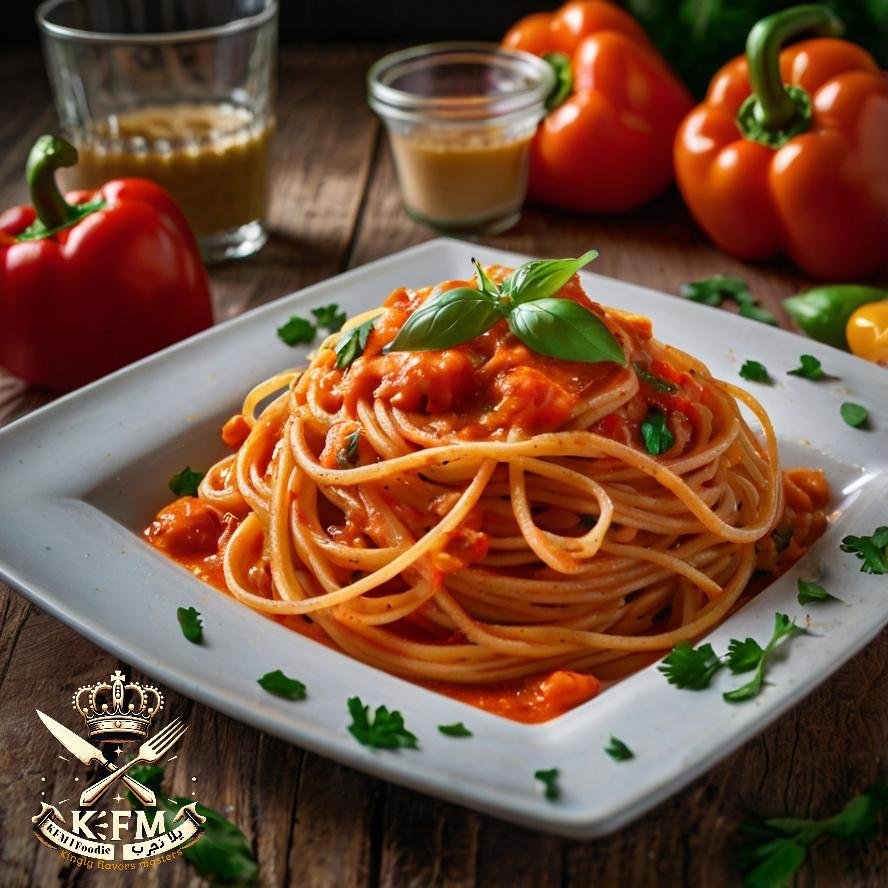
Calories and Nutritional Values:
Red Bell Pepper (2 pieces):
- Calories: Approximately 50 calories
- Carbohydrates: 12 grams
- Fiber: 3 grams
- Protein: 1 gram
- Fat: 0.5 grams
Yellow Bell Pepper (2 pieces):
- Calories: Approximately 50 calories
- Carbohydrates: 12 grams
- Fiber: 2 grams
- Protein: 1 gram
- Fat: 0.5 grams
Garlic (4 cloves):
- Calories: Approximately 20 calories
- Carbohydrates: 5 grams
- Fiber: 1 gram
- Protein: 1 gram
- Fat: 0.1 grams
Parsley (2 tablespoons):
- Calories: Approximately 10 calories
- Carbohydrates: 2 grams
- Fiber: 1 gram
- Protein: 1 gram
- Fat: 0.1 grams
Tomatoes (2 pieces):
- Calories: Approximately 40 calories
- Carbohydrates: 10 grams
- Fiber: 2 grams
- Protein: 2 grams
- Fat: 0.5 grams
Olive Oil (1/3 cup):
- Calories: Approximately 640 calories
- Carbohydrates: 0 grams
- Fiber: 0 grams
- Protein: 0 grams
- Fat: 72 grams
Sugar (1/4 teaspoon):
- Calories: Approximately 6 calories
- Carbohydrates: 1.5 grams
- Fiber: 0 grams
- Protein: 0 grams
- Fat: 0 grams
White Vinegar (1 tablespoon):
- Calories: Approximately 3 calories
- Carbohydrates: 0 grams
- Fiber: 0 grams
- Protein: 0 grams
- Fat: 0 grams
Spaghetti (500 grams):
- Calories: Approximately 1750 calories
- Carbohydrates: 375 grams
- Fiber: 10 grams
- Protein: 50 grams
- Fat: 3 grams
Total Nutritional Values Estimate:
- Total Calories: Approximately 2619 calories
- Total Carbohydrates: Approximately 435 grams
- Total Fiber: Approximately 19 grams
- Total Protein: Approximately 56 grams
- Total Fat: Approximately 76 grams
Healthy Nutritional Tips:
- Reduce the amount of oil: You can reduce the amount of olive oil used in the recipe by half or substitute it with coconut oil for a healthier option with beneficial saturated fats.
- Replace regular pasta with whole grain pasta: Replacing regular pasta with whole grain pasta adds higher nutritional value, as whole grains contain more fiber and minerals that promote digestive health and help you feel full longer.
- Serve with a balanced plate: You can serve this dish with a source of protein like grilled chicken or tofu to ensure a well-rounded meal with protein, carbohydrates, and healthy fats.
Health Benefits:
- Bell Pepper: Bell peppers are rich in vitamin C, which boosts the immune system and fights inflammation. Red bell peppers, in particular, contain powerful antioxidants that help combat free radicals, promoting healthy skin and hair.
- Garlic: Garlic is a natural ingredient with great health benefits, as it helps improve heart health and regulate blood pressure. It contains sulfur compounds that help reduce bad cholesterol and strengthen circulation.
Notes:
- These values are general estimates and may vary based on the ingredients used and the preparation method.

















